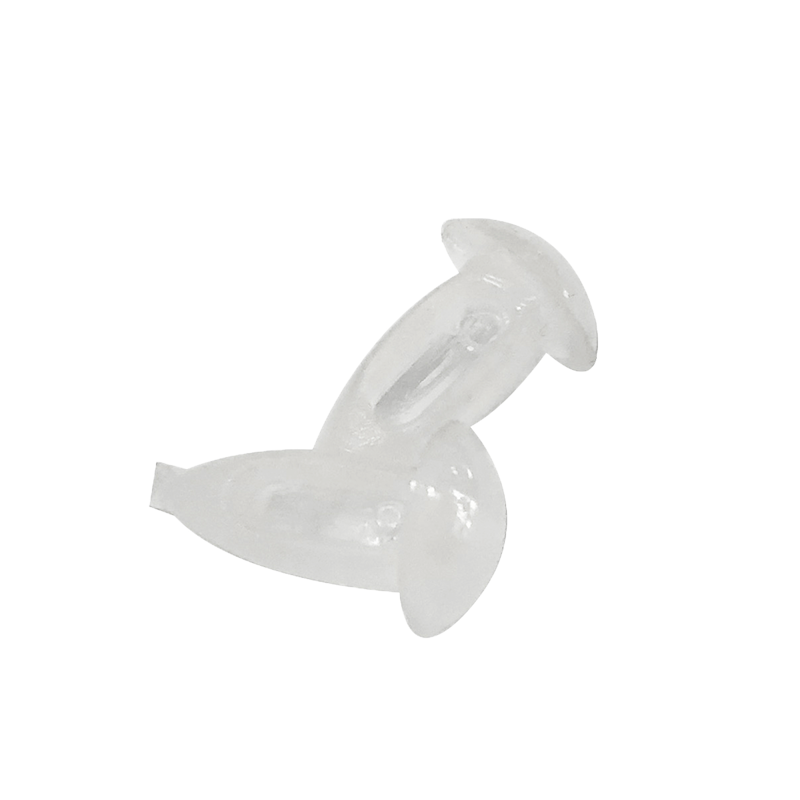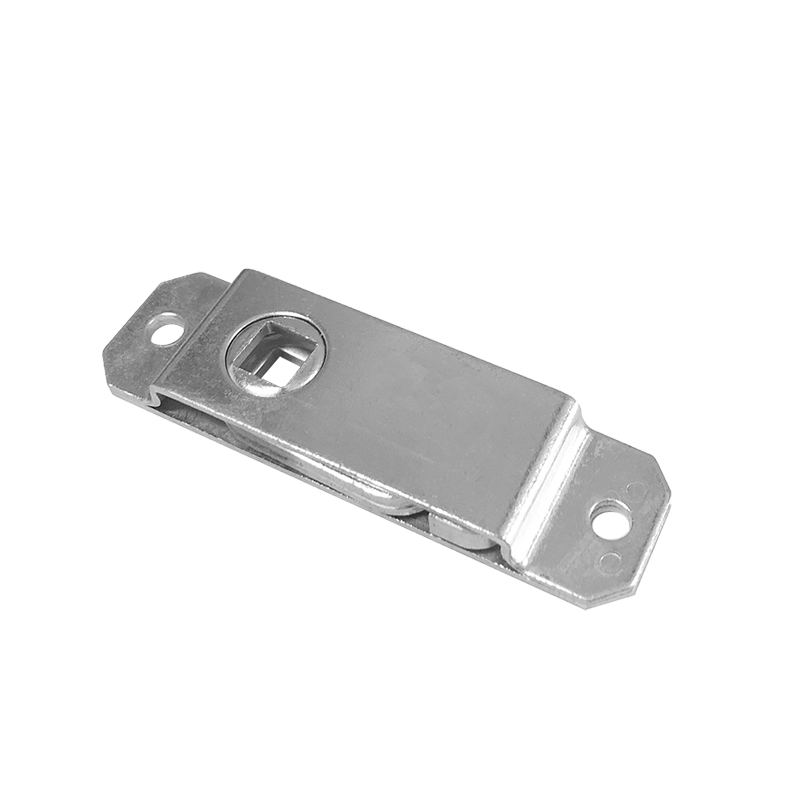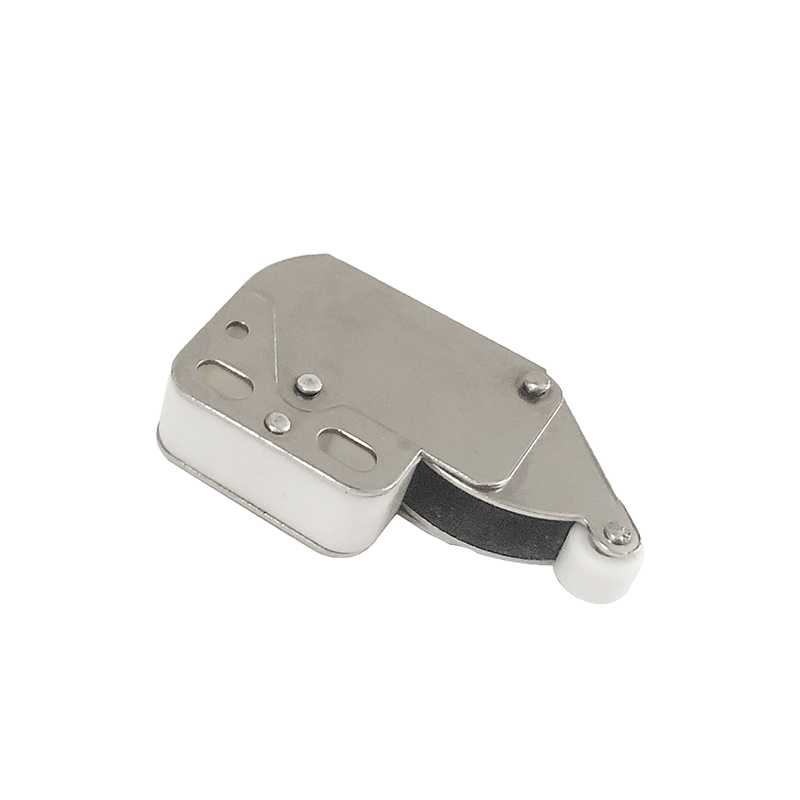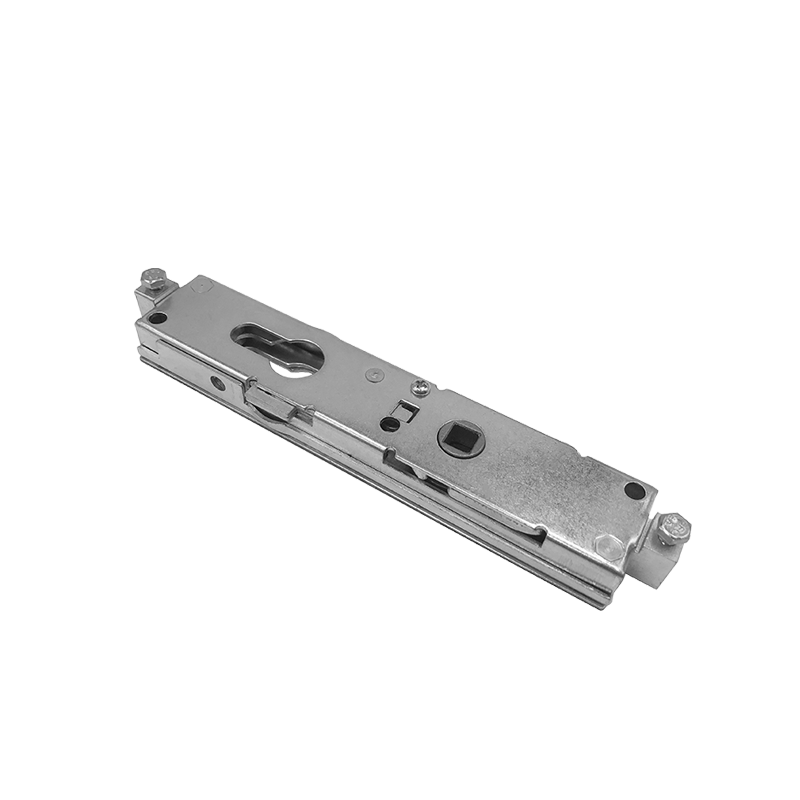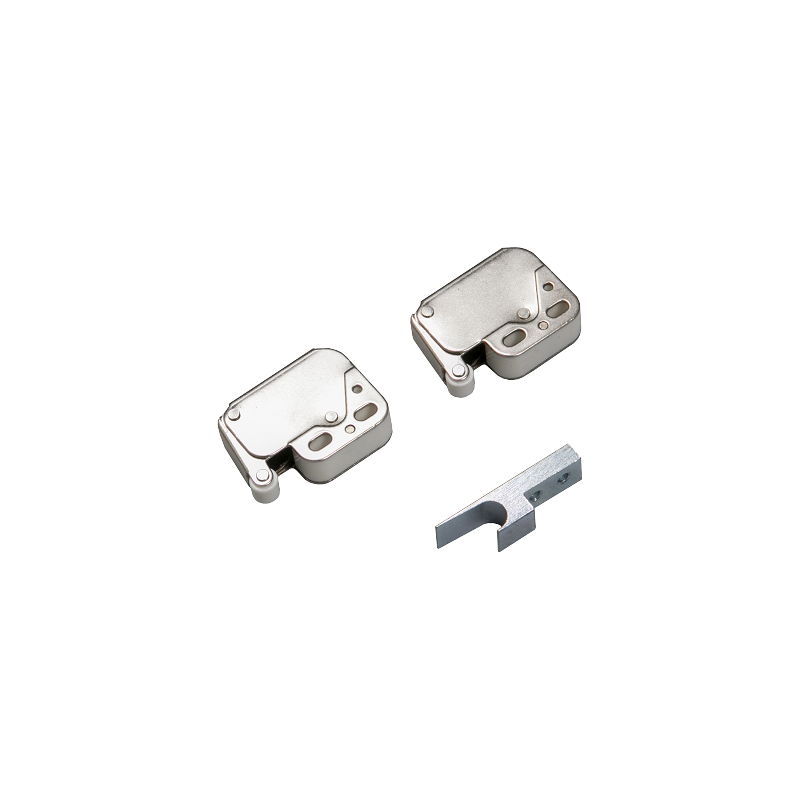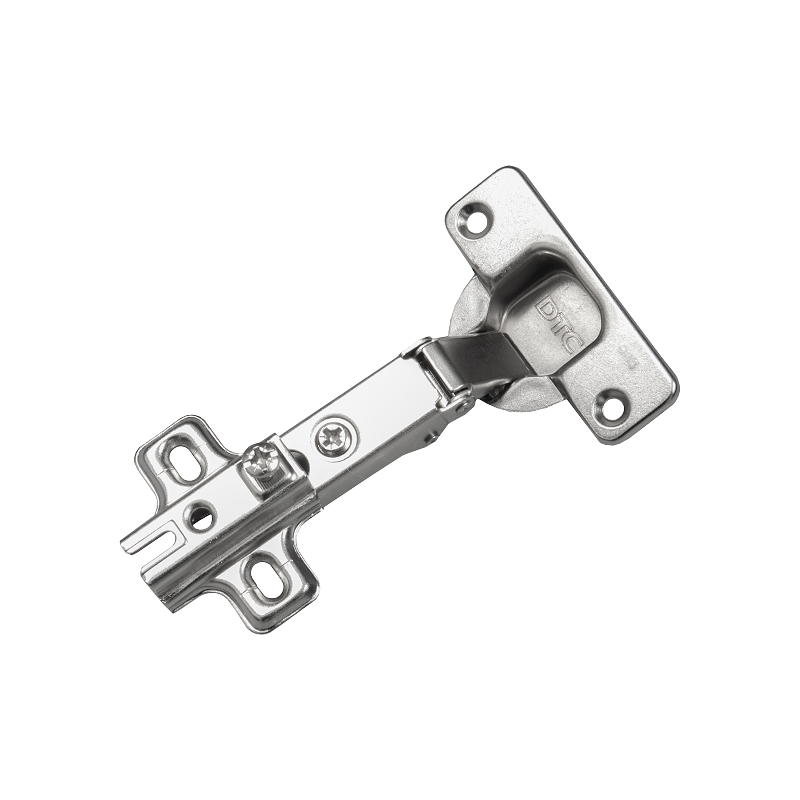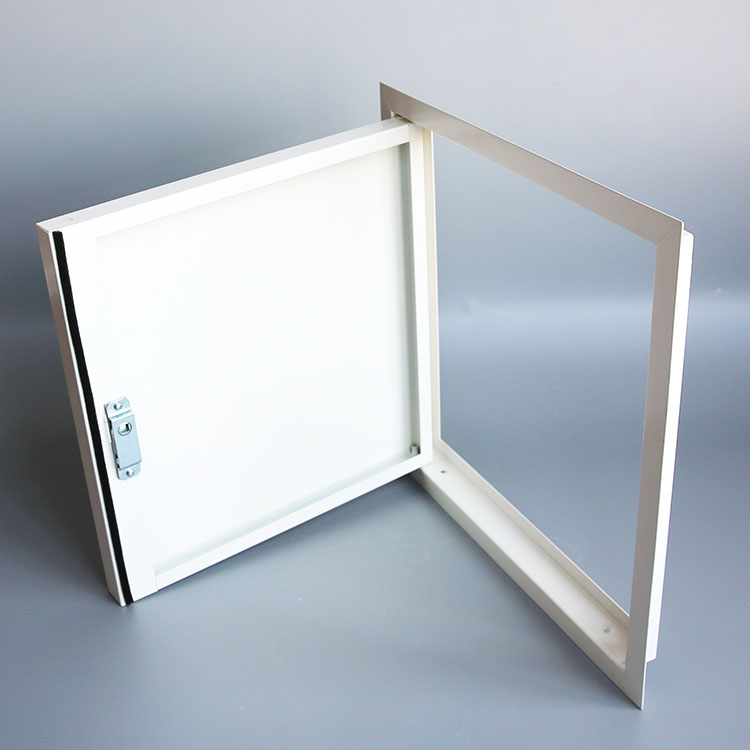Summary:An access panel is a door that allows access to mechanical or electrical systems. They may be installed in walls or ceilings and offer easy access for......
An access panel is a door that allows access to mechanical or electrical systems. They may be installed in walls or ceilings and offer easy access for maintenance or repair. The access panel provides an additional layer of protection, and some models have multiple openings. The access panel can be installed during construction, as some building codes require the concealment of some utility facilities. Adding an access panel will allow service personnel to quickly and easily access these areas. Here are some tips for choosing an access panel.
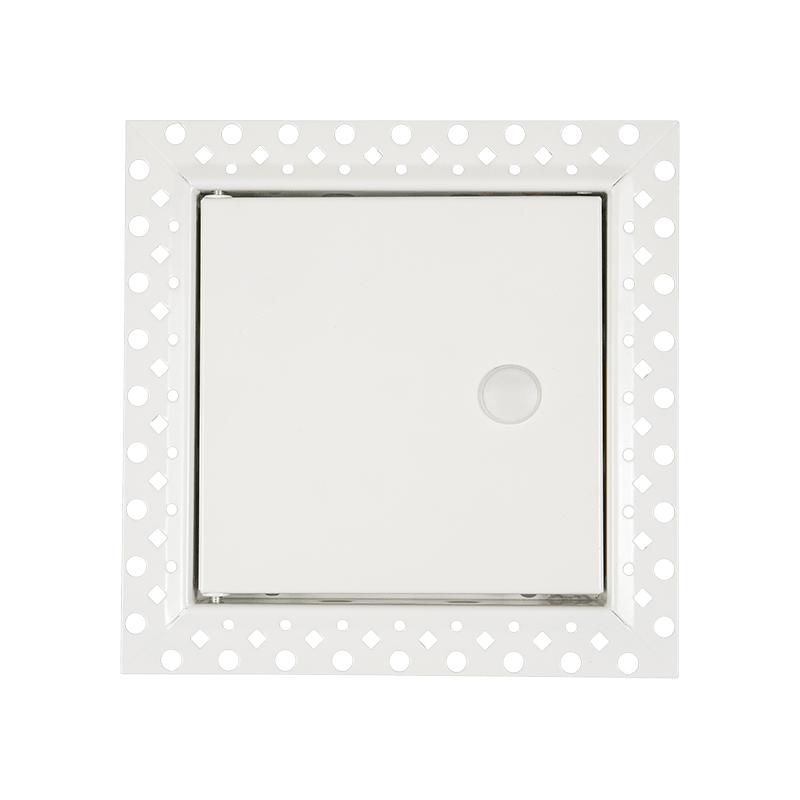
Before installing an access panel, first measure the opening. You should make sure that it is big enough to accommodate the frame. Once you have measured the area, you can measure the distance from the wall to the access panel. If you are installing a large panel, you may need to use a circular saw, which will cut the hole with a sharp blade. You can also use a caulking gun to apply a bead of glue along the frame. After applying the glue, press the panel against the wall and allow it to dry.
When selecting an access panel, consider its purpose. If you are installing a panel in a commercial space, you should select one that is specifically designed for the area where it will be placed. In some cases, it may be better to use a drywall panel than an access panel made of a different material. This is because the drywall panel could be flammable, and can potentially cause a fire if it is not properly installed.
Access panels are a common part of construction, and they make it much easier to inspect building components. Many access panels hide the openings in interior walls, making them more accessible and aesthetically pleasing. These panels may serve as indoor or outdoor walls, depending on their use. Thankfully, many of them come pre-painted. This minimizes the chance of unsightly mismatches. In addition to their aesthetic benefits, access panels make a great solution for storing extra materials or facilitating emergency access.
Access panels are used for several different purposes, from plumbing to electrical systems. Some areas of the building are sealed off and require special access. These areas may be accessed only intermittently. Access panels are also used for access to a house's attic, vault, basement, and crawl spaces. The location and purpose of the access panel are also important. If you are a new homeowner, you may want to invest in a fire-rated access panel.
The installation process for an access panel varies. Some models simply snap into the hole of the drywall without the need for fasteners, while others must be framed and held in place with screws. Regardless of the type of panel, it is important to remember that the door itself must be smaller than the opening in the wall to ensure proper clearance. A small mistake in the installation process can cost you a valuable job. Fortunately, it doesn't have to be that complicated.
A fire-rated access panel is important for areas where the HVAC or exhaust systems are located. Fire-rated panels can also be used to conceal flammable materials and electrical wiring. Some are equipped with a smoke-proof gasket to protect against smoke. Fire-rated panels are best for wall and ceiling installations. And if you want to keep the ducts hidden, you can choose an access panel with a fire-rated rating that will fit your needs.
Flush plastic access doors can be a great solution for hiding your access panel. They are designed with a 25mm beaded frame to blend in with the drywall. They also do not require a trim around the door. With many options available, you can find an access door that meets your needs and looks good. It can be manufactured with either a single piece or a split jamb. Then you can choose the style, color, and hardware to match the rest of your building.
Another popular choice for an access panel is a drywall panel. This type of access panel will cover any plumbing system in a room and can be installed as part of new construction. They're typically made of plastic or plywood and are installed on the back side of the plumbing wall. This allows future plumbing professionals to change the faucet with ease. They are also designed to be hidden behind hanging clothes and towels. They are an excellent option for any plumbing system.


 English
English 简体中文
简体中文



